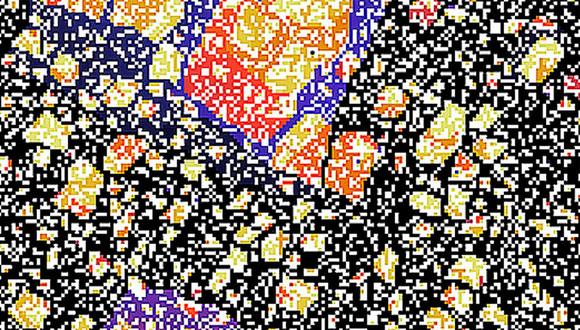Biological & Soft Matter Seminar: Chiral dynamics of FtsZ vortices on membranes: Z-ring-like behavior?
Mario Feingold, BGU
Abstract:
The primary protein of the bacterial Z ring guiding cell division, FtsZ, has recently been shown to engage in intriguing self-organization together with one of its natural membrane anchors, FtsA. When co-reconstituted on flat supported membranes, these proteins assemble into dynamic chiral vortices whose diameters resemble the cell circumference. These dynamics are due to treadmilling polar FtsZ filaments, supposedly destabilized by the co-polymerizing membrane adaptor FtsA, thus catalysing their turnover. We show that FtsA is in fact dispensable and that the phenomenon is an intrinsic property of FtsZ alone when supplemented with a membrane anchor. The emergence of these chiral dynamic patterns is critically dependent on GTP concentration and FtsZ surface densities, in agreement with theoretical predictions. The interplay of membrane tethering, GTP binding, and hydrolysis promotes both, the assembly and the destabilization of FtsZ polymers, leading to the observed treadmilling dynamics. Notably, the vortex chirality is defined by the position of the membrane targeting sequence (mts) and can be inverted when attaching it to the opposite end of FtsZ. This reveals a so far unknown vectorial character of these cytomotive filaments, comprising three orthogonal directions: Filament polarity, curvature, and membrane attachment.
Seminar Organizer: Guy Yaacoby


